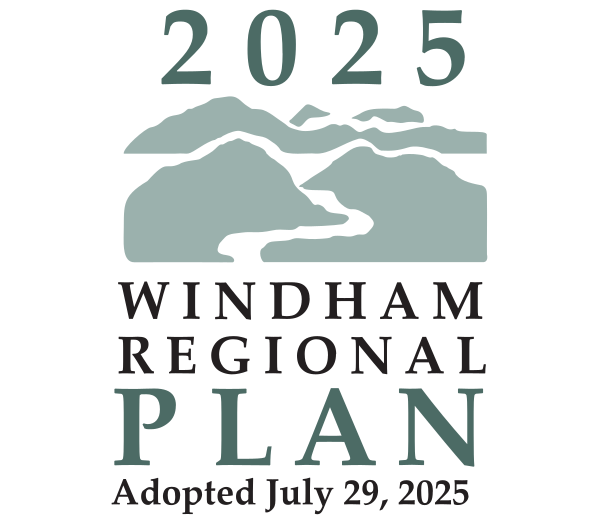Community Utilities, facilities, and services
Background
Communities in the Windham Region depend on numerous infrastructure systems and public services to support public health, the function of communities, and the ability of the region to attract and retain businesses and residents. Broadly speaking, these include potable water supplies, wastewater treatment systems, solid waste management facilities, emergency planning and response, communications infrastructure, and human services facilities. This chapter examines the existing conditions, levels of service, and future needs of public and private facilities and services provided in the Windham Region. Discussion on public roads and pedestrian and bicycle facilities is included in the Transportation Chapter.
Infrastructure systems and public services are critical to supporting the health and well-being of our communities, but are often unnoticed. These utilities, facilities, and services are provided by a variety of different entities, including municipalities, private cooperatives, non-profit organizations, and private businesses. In terms of land use planning, the types and location of infrastructure investments can significantly influence how development occurs in communities. For example, in order to support higher levels of residential density and expanded commercial uses in village centers, adequate public water and wastewater systems are essential. Infrastructure investments should be planned and prioritized consistent with the future land use goals in the Land Use chapter.
Towns also need to look to the future when planning for their infrastructure needs for financial reasons. Maintenance and upgrade costs for water and wastewater systems and emergency response services are costly and by developing long-term plans towns can better forecast needs. State statute allows municipalities to create Capital Improvement Plans, which include an investment schedule for capital costs over several years and priority projects. This approach allows towns to budget and finance for future costs to minimize large, unexpected costs. Towns can benefit from encouraging growth and development within areas served by utilities and facilities to take advantage of public investments that have already been made.
The region will also need to consider how community utilities, facilities, and services continue to serve our residents given changing demographics and needs. Our population is ageing, which has implications for planning for health care facilities, emergency response services, and senior housing projects that require water and wastewater systems. The region has also dealt with an increase in substance abuse and mental health issues and there is a need for enhanced and comprehensive support services. Finally, many workplaces have shifted to having an option for remote work, which requires adequate internet and cellular services for workers. These utilities are still lacking in parts of the region and need to be improved to support the local economy and ensure residents have adequate service.
